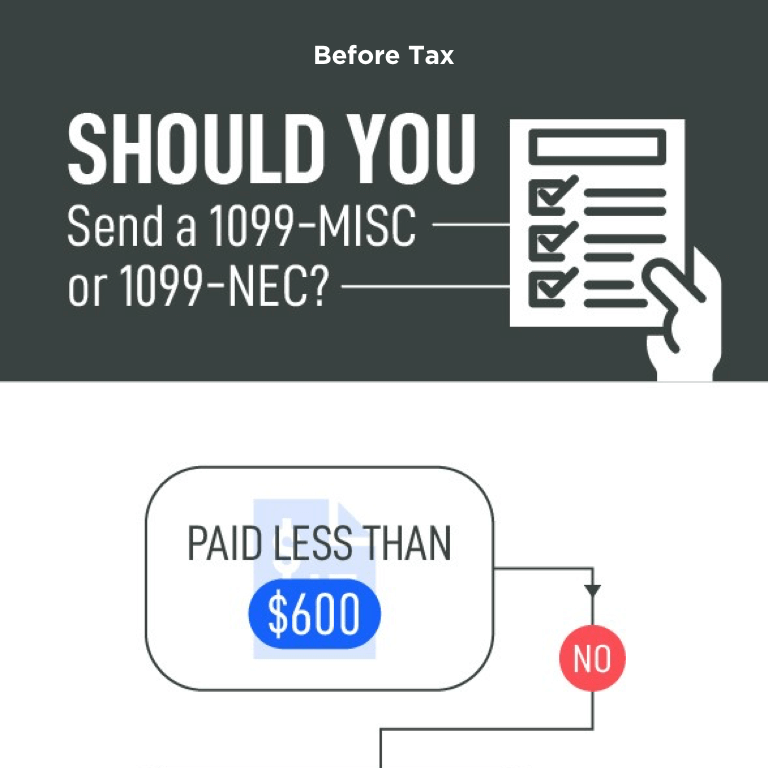S Corporations are a popular tax saving strategy for Entrepreneurs especially in states like California where taxes are often higher. In this article you’ll learn: differences between an LLC vs. Scorp, when to consider an S Corporation, how to set one up, and the work it takes to maintain one in the Golden state. First let’s dive into how S Corporations compare to LLC’s.
Which is Better an LLC or S Corp?
Here’s some good news: you don’t have to choose one or the other! Your LLC can become an S Corp. This is because an LLC is a business entity and an S Corporation is a tax classification. Think of an LLC as a car, all of which come with a default/standard interior. When you buy a car you can upgrade its interior with fancy leather seats and a sunroof. Similarly, you can change your business entity’s interior with different tax classification. So if you have made your business an LLC, an S Corporation is a change you can consider.
So what’s your LLC’s default interior? By default Single Member LLC’s are considered a “disregarded” entity, while those with multiple members are Partnerships. However your tax classification can opt into becoming a S Corporation for different tax treatment. You may be able to gain large tax savings by becoming an S Corp, which this calculator will help you estimate. Tax savings should not be your only consideration when weighing becoming an S Corporation, so let’s discuss some potential trade offs.
Why Would You Choose an S Corporation?
Companies that sell goods and services frequently consider the S Corporation an important strategy for avoiding those costly Self Employment taxes. California LLC’s weighing the S Corp tax classification should have a high enough level of Net Income to offset the added paperwork, fees, IRS scrutiny, and new taxes. Please make sure you understand this last point: becoming a California S Corp will expose you to more kinds of taxes, however you could still end up paying far less in taxes.
Now if you’re scratching your head at paying more kinds of taxes and still paying less in taxes let’s break it down. S Corporations can provide substantial tax savings on federal Self Employment Taxes, however at the same time they expose you to many smaller taxes like SUTA, SDI, and FUTA. If you’re in a position where you’re paying enough in Self Employment taxes, the tax savings from partially avoiding it can dwarf these new smaller taxes you’ll be hit with. If you’re getting lost think of S Corporations as a kind of tax Judo move - powerful but only if you have the right leverage!
What kind of leverage do you need? Basically it comes down to 3 major concerns: are you allowed to become an S Corp, do you have the right CPA, and does your business make enough Net Income? S Corporations have many restrictions on whom and how they’re owned, so often Single Member LLC’s work best. You must have a CPA skilled in helping small businesses manage the added complexity of setting up and maintaining an S Corporation. You’ll also want to make sure your Accountant is very familiar with California’s unique S Corp requirements. Finally, you’ll need to be earning enough from your business to justify making this switch (this calculator can help you figure this out).
Why Would You Not Choose an S Corporation?
Becoming an S Corporation means added requirements, fees, and taxes on both the Federal and California state level. In California businesses classifying as any kind of corporation for tax purposes are subject to both Unemployment (SUTA) and Disability Insurance (SDI) taxes. Californian state agencies such as the Secretary of State, Franchise Tax Board, and Employment Development Department will all impose new filing requirements on your business as well. All these potential headaches are important to take seriously, along with another important point: do you have the right CPA?
If your Accountant or CPA, doing your business taxes, is not familiar with small business tax strategies it’s important you find one that is! Setting up and maintaining an S Corp properly is key to not only avoiding scrutiny from the IRS, but ensuring you don’t lose this valuable tax classification due to filing mistakes. The Accountant you work with should be well versed in setting up an S Corporation at the Federal as well as the California state level. Lastly, please don’t even consider setting up or running an S Corp yourself; there’s many qualified professionals out there that can help you do it right and let you focus on growing your business!
How is an S Corp Taxed in California?
LLC’s that classify as an S Corp will encounter 2 new taxes as well as different rules concerning their existing Franchise taxes. Unemployment Insurance (also called SUTA) is a $245 tax when your net income is over $7000. Disability Insurance (also called SDI) is a 1% tax on net income with a $1183 cap. Lastly, different Franchise Tax rules will now apply costing the greater of 1.5% of Net Income or $800.
As an example let's say your S Corporation earns $100,000 in Net Income each year, let’s calculate how much you'd owe California in additional taxes. Firstly there’s SUTA, the Unemployment Insurance you’ll be required to participate in, since your Net Income is over $7000 you'd pay $245. Next the Disability Insurance cap is larger than 1% of Net Income so you’ll owe an even $1000. Finally, the Franchise Tax is $1,500 (the same as if you were a regular LLC in this case). That’s a total of $1,245 in additional taxes for your business.
Now before you give up hope, remember S Corporations are like a tax savings Judo throw! So check that your Federal tax savings allow you to offset those California S Corp taxes. Since our Calculator doesn’t take into account the additional paperwork and filing fees, we’ve listed most of them below. As we’ve mentioned, these pesky new taxes and fees can be offset by the tax savings at the Federal level so don’t get discouraged.
Setting Up an S corp in California
Once you classify your LLC as an S Corporation at the federal level with the IRS, California should automatically classify your business as an S Corp as well. However don’t think it ends there: California will require you to file more paperwork to keep your business compliant. I’ve summarized the primary requirements for you here:
1. File Articles of Incorporation for a General Stock Corporation
Send to California Secretary of State
Use Form ARTS-GS
$100 filing fee
2. File Corporate Statement of Information
Sent to California Secretary of State.
Form SI-550 within 90 days of business formation.
$25 filing fee
3. You may need to obtain an Unemployment Tax ID from the California Employment Development Department.
4. You may need to enroll in California Disability Insurance with the California Employment Development Department.
This list should by no means be considered exhaustive and requirements vary by business, so please speak to a qualified CPA about your company’s unique situation.
Maintaining an S Corp in California
After you’ve setup your S Corp you’ll have to do some state-level upkeep every year. Here’s another non-exhaustive list of annual S Corporation todo’s:
1. Corporate Statement of Information
Send to California Secretary of State
Use Form SI-550 or Form SI-550 NC (for no changes)
File in same month the business was created
Disregarded LLC’s have similar filing requirements, but only every 2 years.
$25 filing fee
2. File Form 100S
Sent to California Franchise Tax Board
Used to pay Franchise Taxes
File by March 15 (for companies using calendar year)
Includes other important forms Schedule K and Schedule K-1 (ask your Accountant for help)
This list should not be considered comprehensive or complete! Requirements may vary by business, so please speak to a qualified CPA well versed in California’s requirements about your unique situation.
Important S Corporation Annual Due Dates
The following are important dates for for California S Corps using the calendar year for their taxes:
Within 90 of business being created: File form SI-550
Return due date: March 15th: File 100S
Extended Due date: September 15th.
Tax Date: March 15th
Conclusion
As you’re probably well aware by now switching the tax classification of your LLC to an S Corporation, while not for everyone, can result in huge tax savings. If you’re still interested in this tax strategy for your business here are some next steps:
Try our S Corp tax savings calculator to see if your Net Income is enough to consider this a good tax saving strategy.
Make sure your LLC or business can qualify as an S Corporation.
Understand the additional fees, taxes, and paperwork your company will have to deal with.
Add the S Corporation due dates to your calendar to ensure your filing on time.
Finally, this point is critical, you’ll want a CPA or Accountant that is well versed in California small businesses taxes!
If all of this has got you feeling overwhelmed, you’re not alone! This is why smart business owners avoid the pitfall of doing this themselves and hire great CPA’s to help them run their California S Corporations. Just be sure to discuss the potential benefits and costs of an S Corp with your CPA well before tax season starts.


